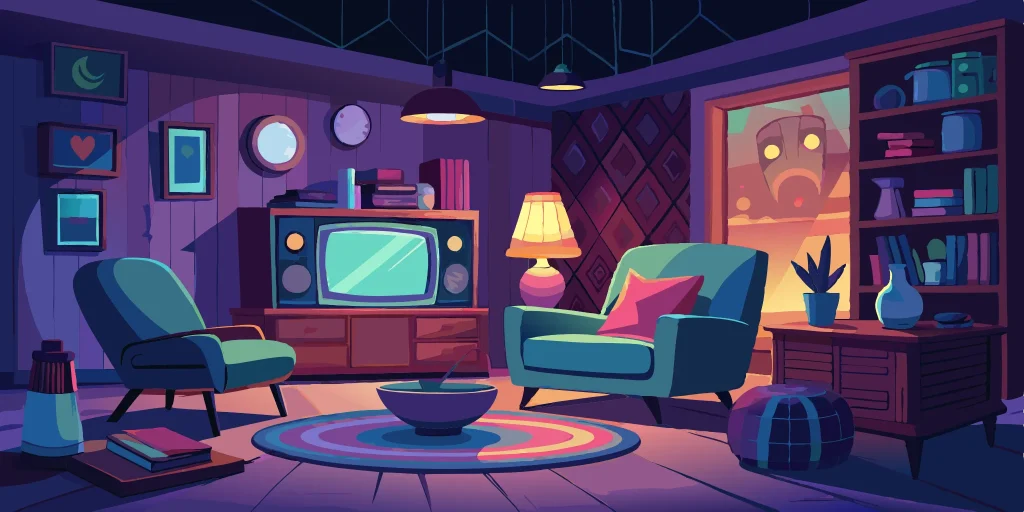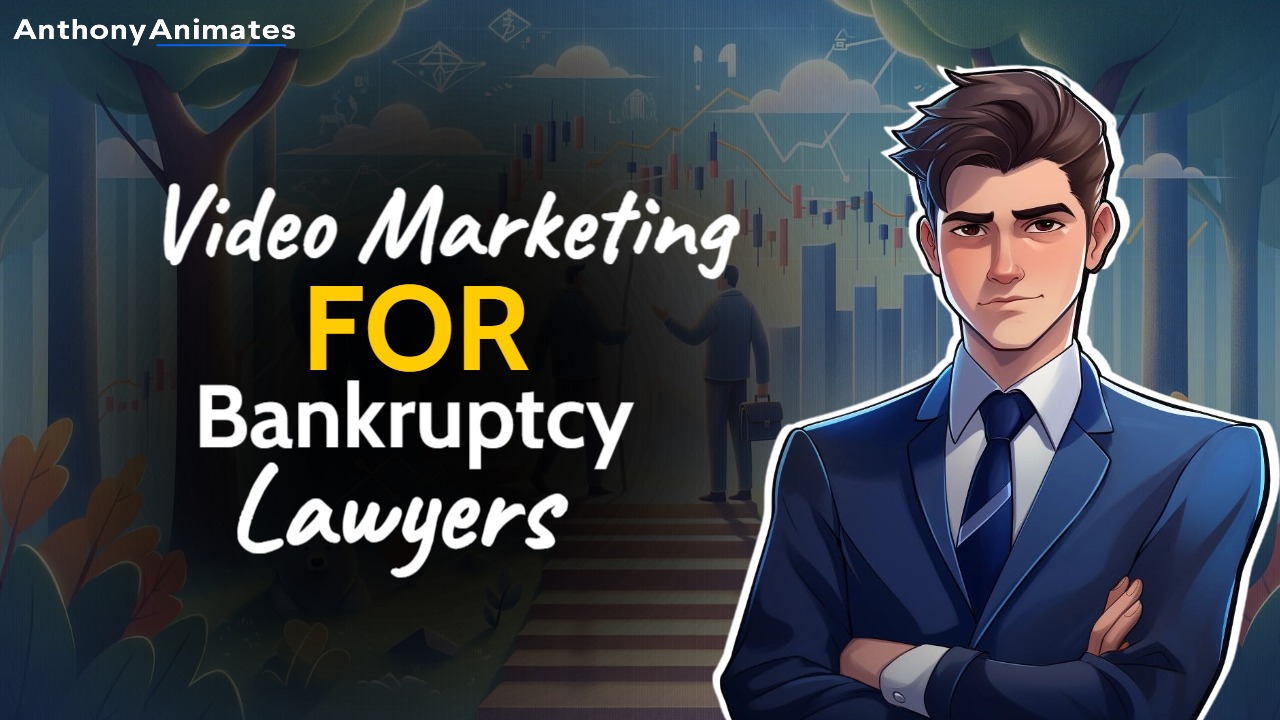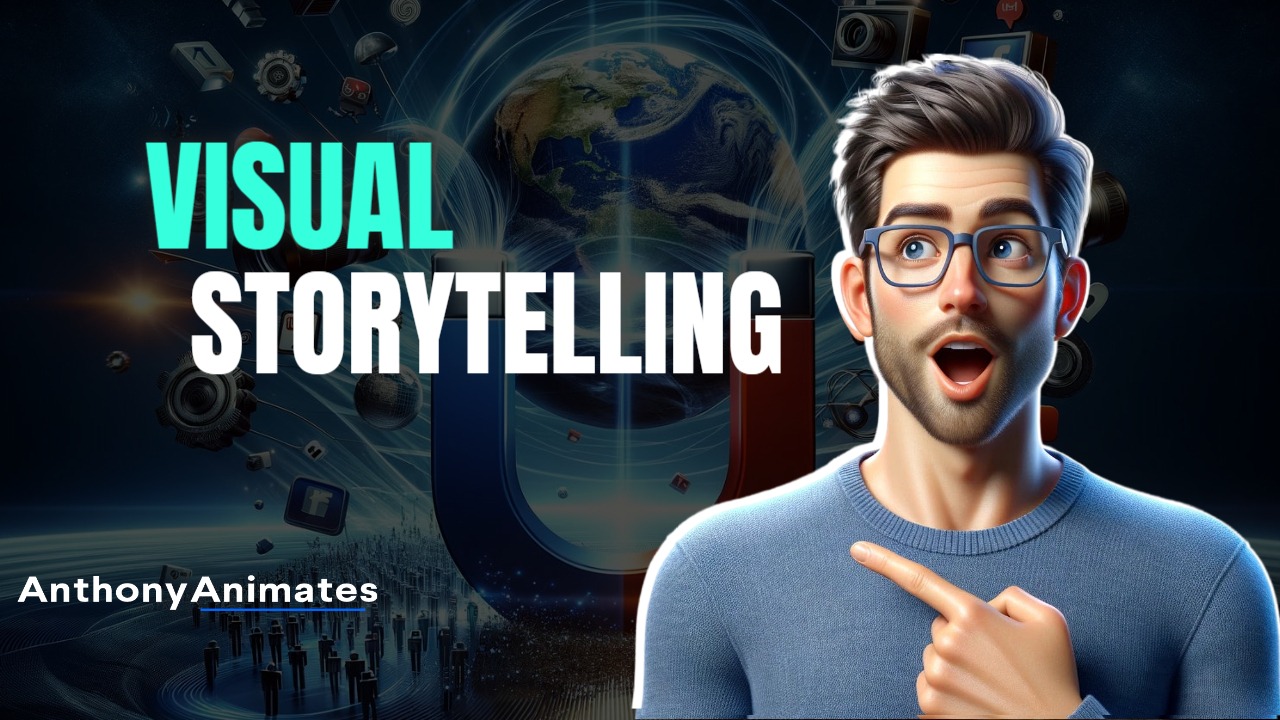Disney's recent cancellation of the critically acclaimed show "Moon Girl and Devil Dinosaur" has sparked a conversation about the future of children's animation. This decision, along with the industry's growing reliance on established intellectual property, has many wondering: are we entering an era of animation dominated by reboots and sequels? While there's no denying the power of nostalgia, it's worth examining the potential impact this trend could have on creativity, diversity, and the viewing habits of younger generations.
Key Takeaways
- Originality Meets Business: Creating successful children's animation involves balancing fresh, engaging stories with commercially viable projects.
- Connect Directly: Digital platforms and social media are crucial for reaching global audiences and building communities around your animation projects.
- IP's Influence: Familiar characters and stories are powerful, but relying solely on established properties risks overlooking younger audiences who crave new narratives and characters.
Children's Animation is Changing
What is Disney's New Programming Strategy?
It seems like just yesterday we were celebrating the debut of fresh, diverse animated shows. But recently, Disney made a surprising move by canceling "Moon Girl and Devil Dinosaur" after just two seasons. This decision, along with the trend of pulling original content from streaming platforms, has left many wondering about the future of children's programming. Is Disney shifting away from original animated content to focus on its already-established properties?
How Does This Impact Original Content?
The implications of this strategy shift reach far beyond a single show. When major studios prioritize familiar franchises and reboots, it creates a challenging environment for new ideas and voices to break through. This could lead to a less diverse and imaginative landscape for children's animation, potentially impacting storytelling and representation for years to come. The rise of animation IP highlights the ability of these stories to connect with audiences globally.
Inside Disney's Decision-Making
Let's get real for a second. As much as we love a good origin story, the reality is that big companies like Disney are driven by what they know will resonate – and often, that means sticking with what's familiar.
Why Did "Moon Girl and Devil Dinosaur" Get Cancelled?
Sadly, even shows with critical acclaim and a dedicated fanbase aren't immune to the axe. Despite earning a Peabody Award and garnering a loyal following, Disney chose not to renew "Moon Girl and Devil Dinosaur" for a third season. This decision left many fans scratching their heads, especially since the show seemed to check all the boxes: diverse characters, strong storytelling, and positive messages.
This cancellation, along with the lack of new original series orders from Disney Television Animation, has sparked concern among industry insiders. Some speculate that Disney is shifting its focus away from original animated content, favoring instead the familiarity and potential profitability of established properties.
Why Prioritize Established IPs and Reboots?
The truth is, nostalgia sells. Remakes, reboots, and spinoffs offer a sense of comfort and familiarity for audiences. These projects tap into pre-existing fanbases, providing a built-in audience and arguably, less risk for studios. Think about it: would you be more likely to watch a brand new show with unknown characters, or a fresh take on a story you already love?
For companies like Disney, who have a century's worth of intellectual property at their fingertips, leveraging those well-known stories and characters is a no-brainer from a business perspective. These established properties come with built-in merchandise opportunities, theme park tie-ins, and brand recognition that can be easily leveraged for profit.
What Does This Mean for Diversity in Animation?
When a major studio like Disney shifts its programming strategy, the entire industry feels the impact. The cancellation of shows with diverse characters, like Moon Girl and Devil Dinosaur, raises some questions. This show, featuring a Black female superhero, was a big winner at the Children & Family Creative Arts Emmys, with star Diamond White speaking about how important representation is in children's media. What happens when those decisions seem to favor familiar properties over fresh perspectives?
What Challenges Do New and Diverse Voices Face?
It's becoming clear that original animated content faces an uphill battle. When a massive company like Disney seems hesitant to give renewals, it makes you wonder about their vision for the future. Established IPs and reboots, while offering familiarity, can create a bottleneck for new creators. This is especially challenging for those from underrepresented backgrounds trying to break into the industry.
How Important is Representation in Children's Media?
Think about it: children's media plays a huge role in shaping how kids see themselves and the world. Seeing yourself in your favorite cartoons, especially if you're from an underrepresented group, can be incredibly powerful. The cast and creatives behind Moon Girl and Devil Dinosaur know this firsthand, emphasizing the need for diverse narratives in children's programming. When studios prioritize diversity, they're not just checking a box, they're investing in a generation that values inclusivity.
Balancing Demographics and Content
Why Focus on Preschool Programming?
Disney's current strategy seems to prioritize preschool programming. This isn't just speculation; industry discussions suggest that Disney heavily favors shows that align with their lucrative consumer products department. One Redditor familiar with the industry noted, "Anyone hearing any news about any shows being greenlit in LA… I’ve heard they want preschool since that’s the only shows that Disney consumer products supports." This makes sense from a business perspective – think about it: plush toys, lunchboxes, and clothing sell incredibly well for toddlers and preschoolers.
What About the 6-11 Year Old Audience?
So where does this leave the 6-11 year-old demographic? Many viewers in this age group are craving fresh, original content. However, with Disney leaning heavily on established IPs and reboots, there's a real concern that they're overlooking a generation that's hungry for something new. One commenter on Reddit put it bluntly: "It feels like Disney doesn’t like dtva anymore and wants them to only do IP and reboots."
This shift in content strategy is even more concerning when you consider the changing viewing habits of younger audiences. "Only 17 percent of Gen Z watch TV, and not making shows for the next generation does not have them come back for shows," another Reddit user pointed out. If Disney isn't creating content that resonates with this generation now, they risk losing them as viewers in the future.
The Business of Animation
Let's be real, creating animations, especially high-quality ones, isn't cheap. Studios need to see a return on their investment, and increasingly, that return is tied to merchandise.
How Do Consumer Products Influence Content?
Think about the last animated movie you saw. Did it have cute, marketable characters perfect for plush toys and lunchboxes? That's no coincidence. Disney's current strategy seems heavily weighted towards preschool programming, likely because it aligns so well with consumer products. This means shows with strong merchandising potential might get the green light over more original concepts, even if those concepts have a dedicated fanbase.
Do Viewership and Ratings Really Matter?
You'd think high viewership and positive reviews would guarantee a show's future, right? Not necessarily. Take Marvel's "Moon Girl and Devil Dinosaur". Despite being praised for its style and energy, it was canceled. This suggests that in the battle between good content and marketable content, the latter often wins out. It makes you wonder what this means for the future of diverse storytelling in animation.
Industry Trends and Risk Management
Are Major Animation Studios Avoiding Risk?
Let's face it, we're seeing a lot of familiar faces in children's animation these days. Remakes, reboots, and spinoffs are everywhere. While there's comfort in nostalgia, it does make you wonder: are major studios playing it safe? When a company like Disney prioritizes established properties, it can make the industry feel a bit stagnant. Disney will remove dozens of titles from its streaming platforms, prioritizing its most lucrative properties.
Think about it. When was the last time you saw a genuinely original animated film from a major studio that wasn't based on pre-existing material? It's become a rarity. This trend of relying on familiar intellectual property (IP) is a way to mitigate financial risk, but it can stifle creativity and limit opportunities for fresh voices and stories. As one article puts it, "[s]uccess in Hollywood comes from owning intellectual property." (Read More)
Where Are the Opportunities for Innovation?
This focus on established IP creates a gap in the market. Audiences are hungry for new stories and unique characters. This is where independent animation studios and individual creators have a real chance to shine. Without the pressure of billion-dollar franchises, they're free to experiment, take risks, and explore new animation styles and storytelling techniques. New entertainment companies are emerging as leaders in this space.
The rise of digital platforms and streaming services has also opened doors for independent creators. They now have more avenues to showcase their work and connect with audiences directly. This shift in distribution models is changing the game, making it possible for smaller studios and individual animators to compete with the big players. The world of animation is constantly evolving, driven by technological advancements and creative innovation.
This isn't to say that established studios can't innovate. There's always room for creativity within existing franchises. But the current climate definitely presents a unique opportunity for those willing to push boundaries and offer something new.
How to Succeed in Modern Animation
Can You Balance Creativity and Commercial Success?
The animation industry thrives on imagination, but it's also a business. Finding that sweet spot between a groundbreaking concept and a commercially viable project is a challenge – even for giants like Disney. Take, for example, the recent cancellation of "Moon Girl and Devil Dinosaur." Despite earning praise for its unique style and energy, the show won't see new episodes. This decision highlights how business strategies can sometimes overshadow creative achievements.
The takeaway? Originality is important, but it's equally crucial to understand your audience and create content that resonates.
How Can You Leverage Digital Platforms and Fans?
In a world dominated by streaming services and social media, digital platforms are non-negotiable for success in animation. These platforms allow creators to reach global audiences and build communities around their work.
Think about it: a show's lifespan doesn't have to end with a network cancellation. Maintaining an active presence on platforms like Disney+ allows creators to keep fans engaged and potentially even revive projects based on demand. Direct interaction with your audience helps you understand what works, what doesn't, and what they want to see more of.
What's Next for Children's Animation?
How Might Content Creation Shift?
The animation industry is facing a bit of an identity crisis. One word: IP. Remember those toys you loved as a kid? Those nostalgic characters are driving a lot of decisions in animation today. Why? Because studios are drawn to already-established audiences.
Take Disney, for example. One Redditor pointed out their recent cancellation of the original show "Moon Girl and Devil Dinosaur" as a sign of the times. This move, along with a greater emphasis on reboots and sequels, suggests a potential shift away from fresh, original stories. Instead, we're seeing more emphasis on animation IP, like the live-action remakes of classics like Cinderella and Beauty and the Beast. These familiar faces are a safe bet for studios, promising a certain level of viewership and merchandise sales.
Does Audience Demand Shape Programming?
While established franchises offer a sense of security, what about the next generation of viewers? Gen Z, known for their digitally driven habits, aren't necessarily tuning into traditional TV. If studios are solely focused on reviving old favorites, are they missing out on connecting with younger audiences who crave new stories and characters?
This begs the question: is the industry prioritizing short-term gains over long-term audience engagement? The power of intellectual property is undeniable, but neglecting the evolving tastes of young viewers could lead to a disconnect down the line. Finding the right balance between established franchises and fresh, original content will be crucial for the future of children's animation.
Frequently Asked Questions
What's happening with children's animation these days? It seems like everything is a reboot!
You're not alone in noticing this trend! Big studios are increasingly relying on familiar characters and stories. It's a way to minimize risk and tap into existing fanbases, but it does make the landscape feel less diverse.
Why would Disney cancel a show like "Moon Girl and Devil Dinosaur" if it was so popular?
It's true, "Moon Girl" had a dedicated fanbase and critical acclaim. This situation highlights the complex factors behind programming decisions. While viewership and positive reception are important, they don't always guarantee a show's future. Business strategies, merchandising potential, and overall brand alignment also play a role.
Is Disney making any new, original animated shows?
There's been a noticeable shift towards preschool programming, likely because it aligns well with merchandise and consumer products. Information circulating within the industry suggests that Disney's focus on this demographic is strong, while original content for older children seems to be taking a backseat.
Does this mean the future of animation is only reboots and sequels?
Not necessarily! While big studios are playing it safe, there's a huge opportunity for independent creators and studios to fill the gap. Audiences still crave fresh stories and unique characters. Plus, digital platforms and streaming services have made it easier than ever for these creators to share their work with the world.
What can I do if I want to see more diverse and original children's animation?
Support the creators and studios who are putting out content that resonates with you! Follow them on social media, share their work, and let them know you want more. Audience demand can make a difference. You can also explore independent animation studios and individual creators who are pushing boundaries with their work.


